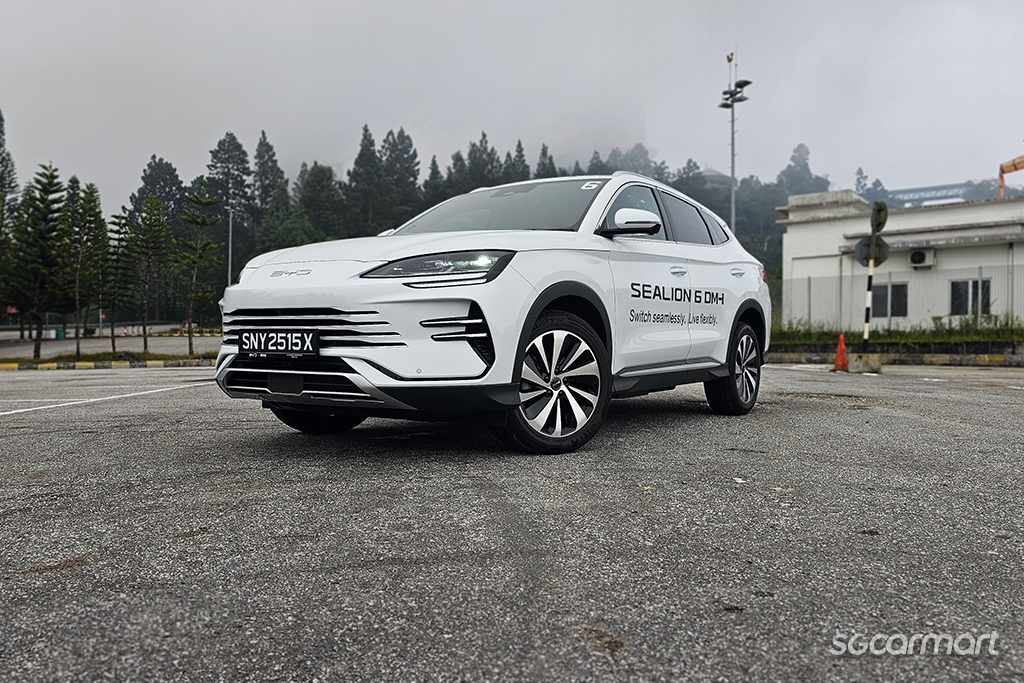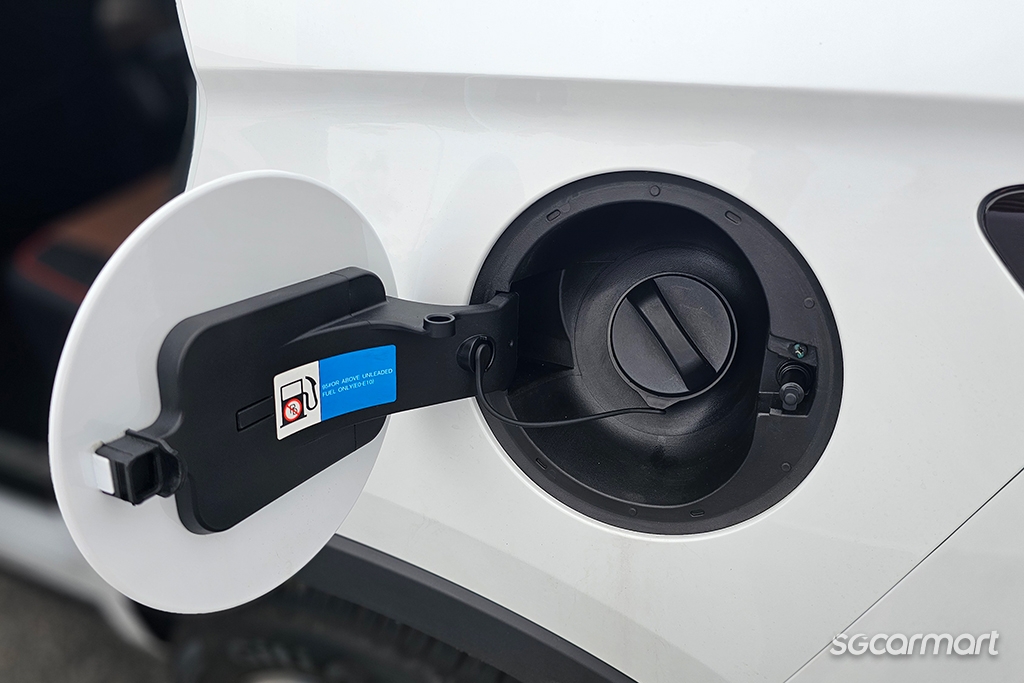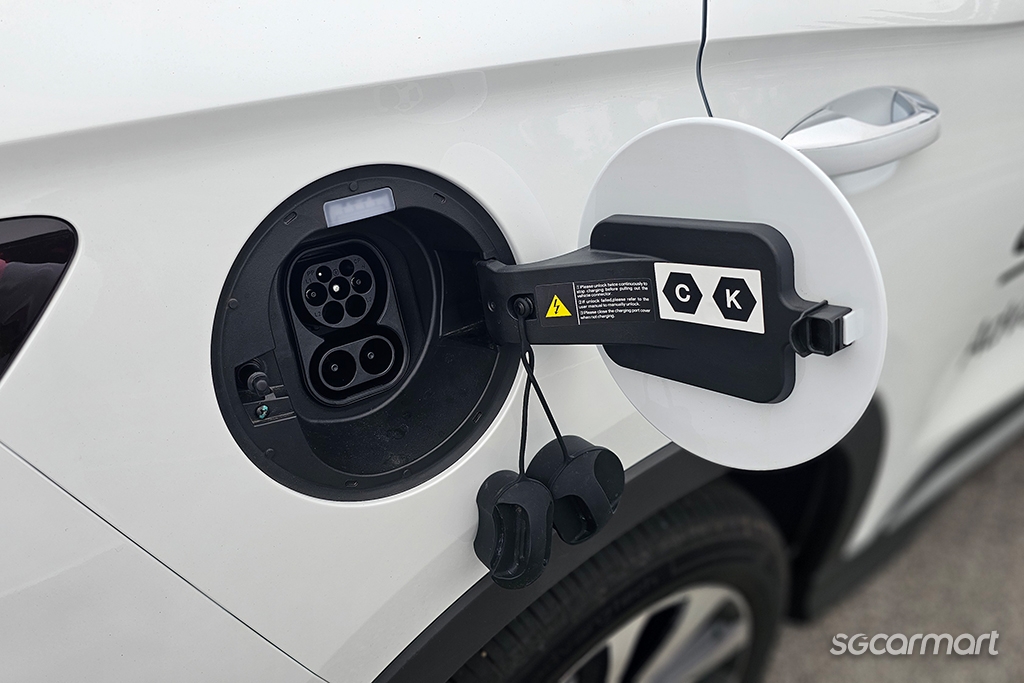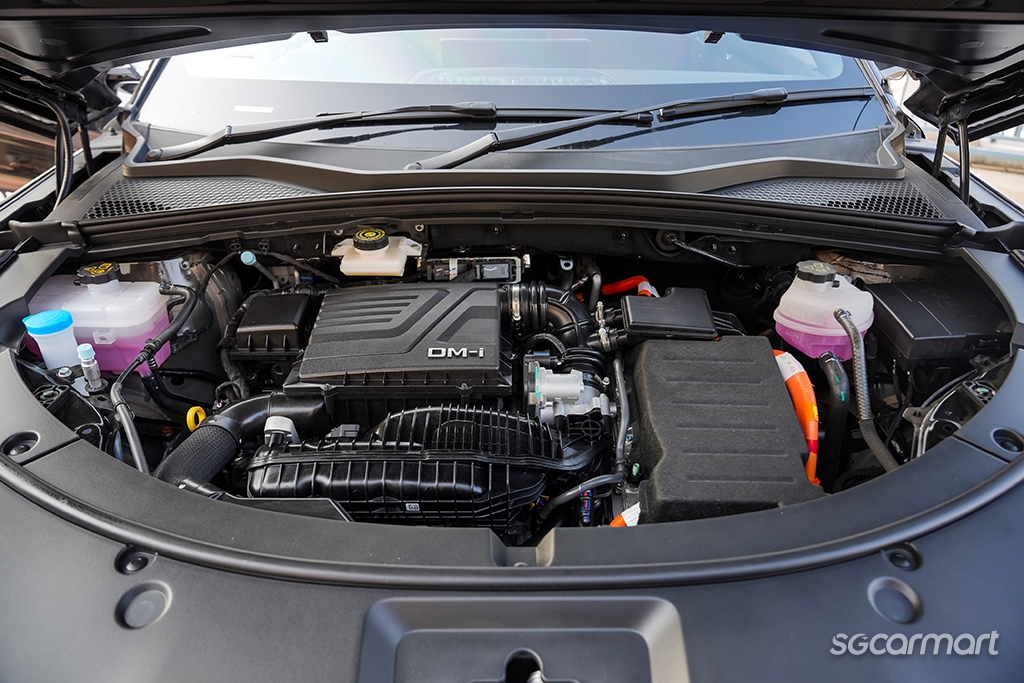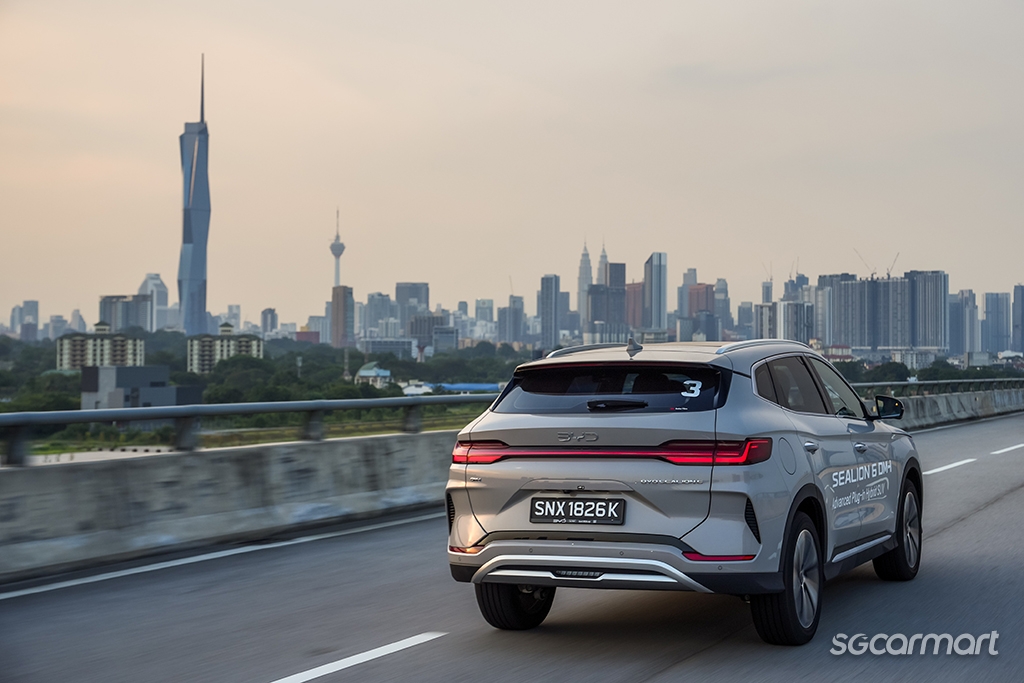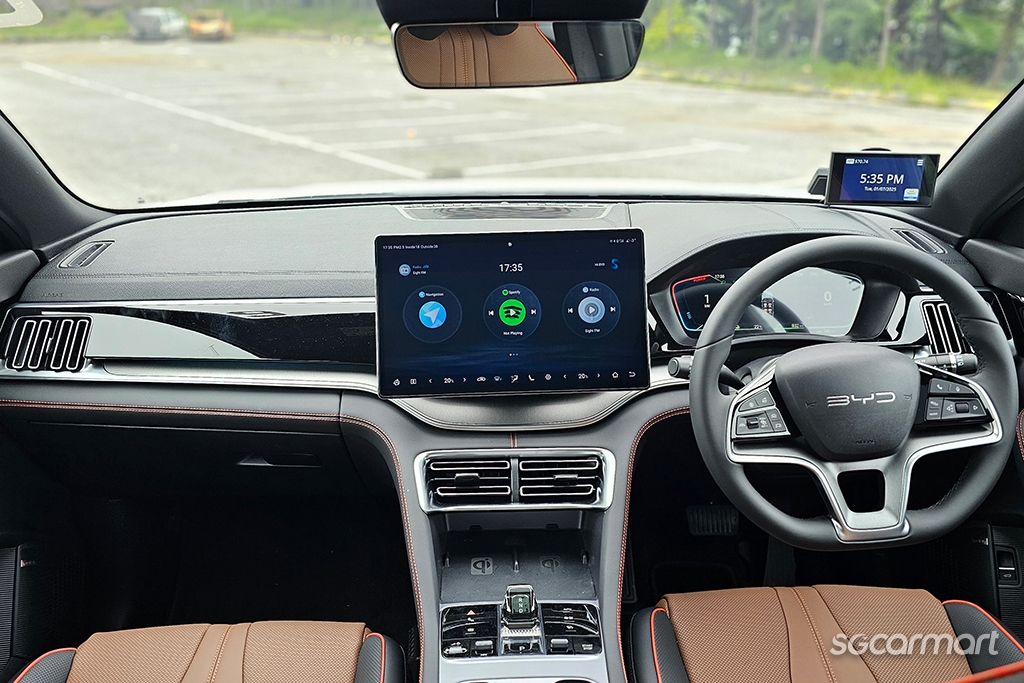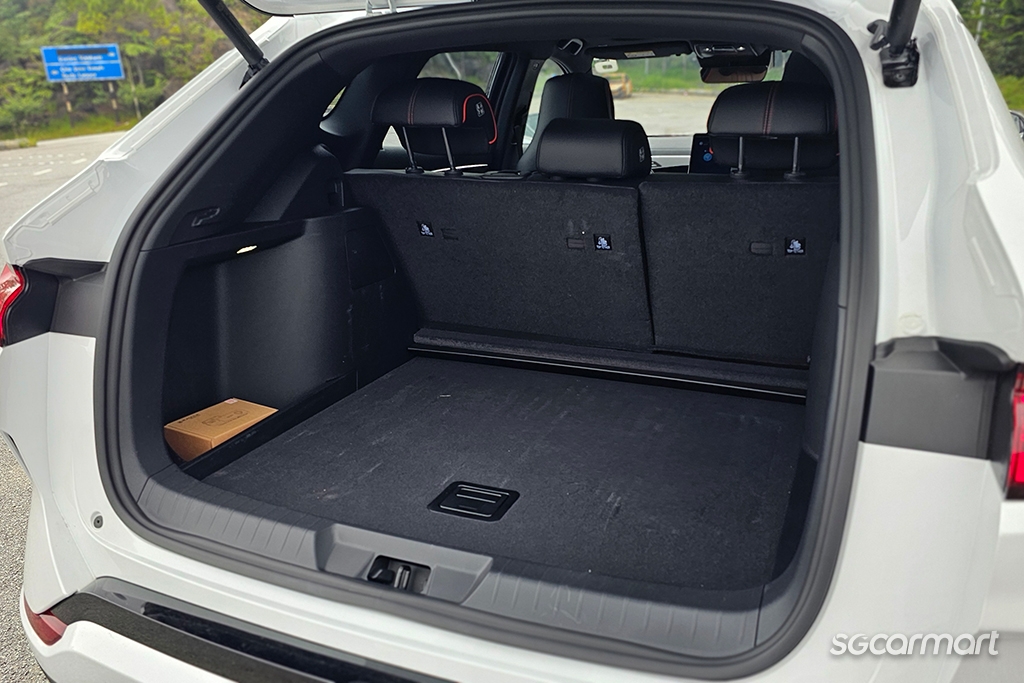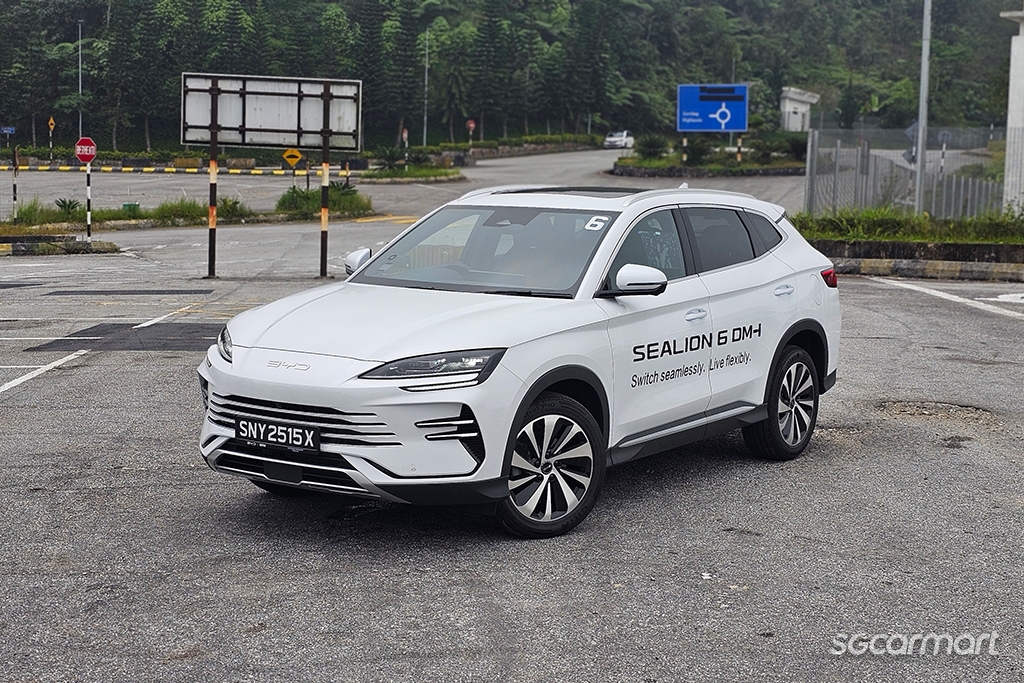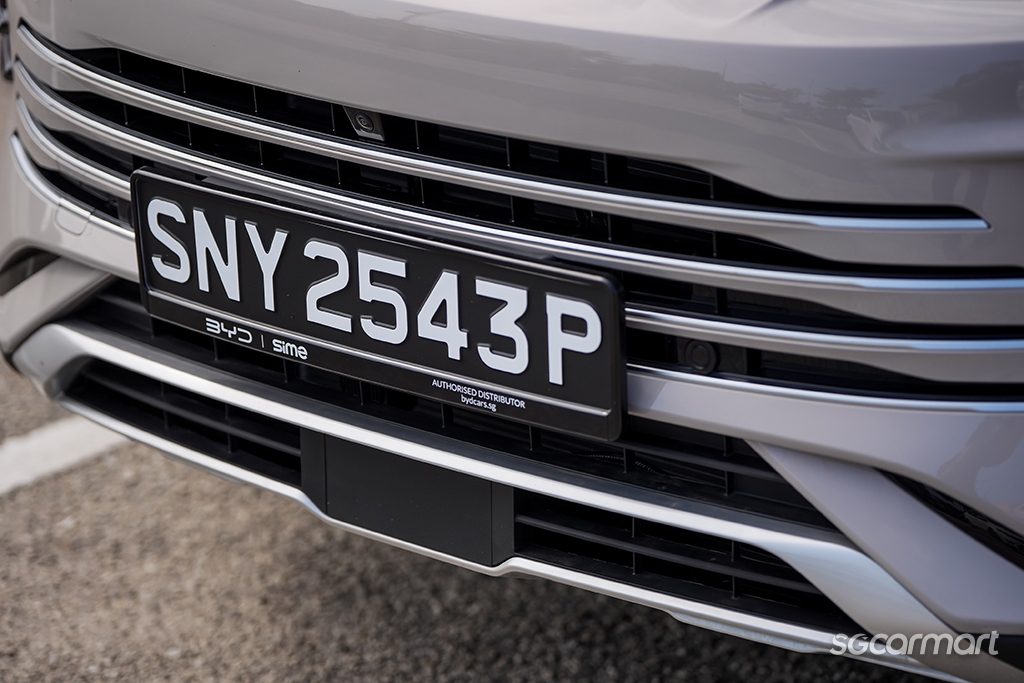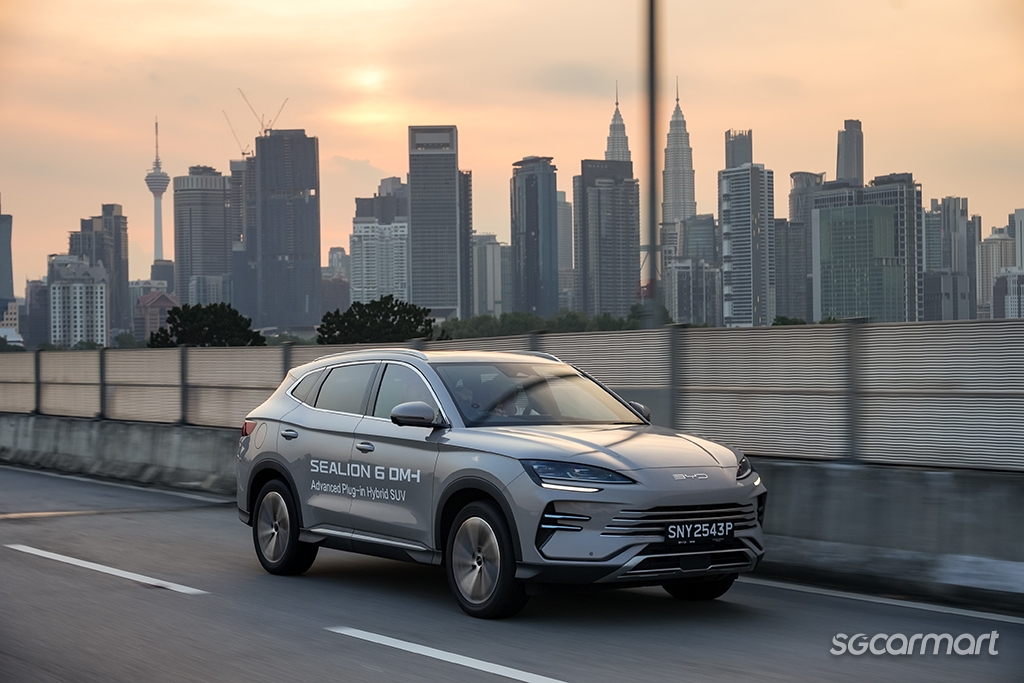BYD Sealion 6 First Drive Review
02 Jul 2025|71,820 views
What We Like
EV-like power delivery
Seamless plug-in hybrid powertrain
Comfortable ride
Spacious, well-equipped cabin
What We Dislike
Uncommunicative steering
As the number one car seller in Singapore right now, BYD is better known for its full electric models like the Atto 3, Seal and the increasingly-popular Sealion 7. So, it does come as a surprise when the Chinese carmaker decided to bring in this car that you see here on this very page.
Dubbed the Sealion 6, this mid-sized, five-seating SUV is a plug-in hybrid (PHEV), but don't think for a second that it's a step back for the brand…
Sure, PHEVs are typically known to be pricier due to the complexities of their drivetrain, which also makes them heavier to pilot around. But in our current electrified climate, having more than just pure hybrid and electric vehicles (EV) isn't a bad thing at all.
For instance, the BYD Sealion 6 that we tested combines a 1.5-litre engine with an electric motor and an 18.3kWh Blade battery. Over the span of a three-day test drive from Singapore right up to Malacca and back, it is without a doubt that the Sealion 6 drives like an EV, with the power and torque delivered smoothly and quietly, and the engine acting more like a power generator.
The PHEV powertrain means that drivers have two options of refuelling - either at a petrol pump, an EV charging station, or ideally both
On paper, the small battery allows you to drive on pure EV mode for about 90km, but you could go further than that if you choose to have a lighter right foot, or much lesser if you decide to practice on-road hooliganism. Driven thus, the switch from EV to hybrid (HEV) happens. The transition is pretty seamless and quiet, even under harder acceleration.
Another possible scenario of switching from EV to HEV (apart from manually toggling the control) is when the battery's state of charge drops to 25%. That's when the engine powers up to help recharge the battery.
But all that said and done, what I just told you guys is mostly theoretical. In reality, there isn't much thought (except maybe planning your route and trying to drive with a lighter foot) when it comes to driving. You go in, start the car, buckle up, and move off.
And that's the actual scenario that happened to me most of the time. I find myself eager to get behind the wheel, and once I'm there, there is absolutely no hesitation in burying my right foot to the ground.
Pedal to the metal, the BYD Sealion 6 is capable of sending 215bhp and 300Nm of twisting force to the front wheels in a relatively urgent manner. It's no sprint champion, completing the century sprint in 8.5 seconds, but it does accelerate with the kind of creaminess you'd normally associate with more premium cars.
More relevantly, it ticks all the right boxes as an SUV on the go. Over sharp road surfaces and tarmac imperfections, the suspension soaks everything up in its stride, sending little to no vibrations into the cabin.
In that sense, the BYD Sealion 6 focuses more on being a comfortable cruiser than an outright bruiser and there's absolutely nothing wrong with that. Suffice to say, the cushy experience over cornering tenacity is a big welcome when you're taking a long trip up North.
Perhaps the only downside of the car is having a steering wheel that's a tad numb and less chatty, making it tough to predict the car's behaviour when you're trying to brake late and accelerate early through a series of bends. That said, I really don't think this matters to buyers who are drawn to the Sealion 6.
Instead it'll be more of the car's grace and space that will be the buyers' priorities, and for that, the new BYD doesn't fail. It's safe to say the cabin is a modern place to be, with soft touch surfaces everywhere, impressive finishing and BYD's signature 15.6-inch rotating infotainment screen taking centre stage.
Elsewhere, the seats provide ample support and comfort, with enough head, leg and shoulder room to fit three full-sized adults at the back. On first glance, the colour combination of black and brown seats, accentuated with orange stitching on the seats, may seem gaudy, but it somehow manages to appeal, visually, over time.
Also appealing is the boot space. At 425 litres, the BYD Sealion 6 provides a highly functional boot. It may not trump both the Jaecoo J7 as well as the Toyota Harrier - the former being a fellow PHEV that offers over 1,500km on a full charge and tank and the latter being a popular hybrid SUV that comes close to the Sealion 6 in terms of size and build quality - but its functionality, when taken as a whole, certainly matches up to these peers.
In terms of design, the casual observer could mistake this new PHEV car for the Sealion 7 on a quick glance, but take a closer look and it's easy to spot the differences, especially up front.
Sure, the headlamps and daytime running lights are undoubtedly similar to the Sealion 7, but unlike anything in its lineup, the Sealion 6 sports horizontal slats across the face, presumably a necessary feature to cool down the 1.5-litre powerplant. Secondly, it's immediately rounder and taller than the all-electric Sealion 7.
That's not to say the Sealion 6 isn't sleek, really. Rather, I reckon it's just a simple affair of having two very differently designed cars with two very different proposition for different buyers. After all, it just wouldn't make sense for BYD to bring in two similar cars.
The BYD Sealion 6 PHEV will be officially launched on 16 July 2025. As of now, only one variant will be available and it should cost a couple of thousands more than the BYD Sealion 7 Premium single motor variant, which will put it somewhere in the region of $208k to $210k, inclusive of COE.
So, yes, as the number one car seller in Singapore right now, BYD is better known for its full electric models like the Atto 3, Seal and the increasingly popular Sealion 7. But don't ever make the mistake of thinking having a PHEV car like the Sealion 6 here is a step back for the brand…
What We Like
EV-like power delivery
Seamless plug-in hybrid powertrain
Comfortable ride
Spacious, well-equipped cabin
What We Dislike
Uncommunicative steering
As the number one car seller in Singapore right now, BYD is better known for its full electric models like the Atto 3, Seal and the increasingly-popular Sealion 7. So, it does come as a surprise when the Chinese carmaker decided to bring in this car that you see here on this very page.
Dubbed the Sealion 6, this mid-sized, five-seating SUV is a plug-in hybrid (PHEV), but don't think for a second that it's a step back for the brand…
Sure, PHEVs are typically known to be pricier due to the complexities of their drivetrain, which also makes them heavier to pilot around. But in our current electrified climate, having more than just pure hybrid and electric vehicles (EV) isn't a bad thing at all.
For instance, the BYD Sealion 6 that we tested combines a 1.5-litre engine with an electric motor and an 18.3kWh Blade battery. Over the span of a three-day test drive from Singapore right up to Malacca and back, it is without a doubt that the Sealion 6 drives like an EV, with the power and torque delivered smoothly and quietly, and the engine acting more like a power generator.
The PHEV powertrain means that drivers have two options of refuelling - either at a petrol pump, an EV charging station, or ideally both
On paper, the small battery allows you to drive on pure EV mode for about 90km, but you could go further than that if you choose to have a lighter right foot, or much lesser if you decide to practice on-road hooliganism. Driven thus, the switch from EV to hybrid (HEV) happens. The transition is pretty seamless and quiet, even under harder acceleration.
Another possible scenario of switching from EV to HEV (apart from manually toggling the control) is when the battery's state of charge drops to 25%. That's when the engine powers up to help recharge the battery.
But all that said and done, what I just told you guys is mostly theoretical. In reality, there isn't much thought (except maybe planning your route and trying to drive with a lighter foot) when it comes to driving. You go in, start the car, buckle up, and move off.
And that's the actual scenario that happened to me most of the time. I find myself eager to get behind the wheel, and once I'm there, there is absolutely no hesitation in burying my right foot to the ground.
Pedal to the metal, the BYD Sealion 6 is capable of sending 215bhp and 300Nm of twisting force to the front wheels in a relatively urgent manner. It's no sprint champion, completing the century sprint in 8.5 seconds, but it does accelerate with the kind of creaminess you'd normally associate with more premium cars.
More relevantly, it ticks all the right boxes as an SUV on the go. Over sharp road surfaces and tarmac imperfections, the suspension soaks everything up in its stride, sending little to no vibrations into the cabin.
In that sense, the BYD Sealion 6 focuses more on being a comfortable cruiser than an outright bruiser and there's absolutely nothing wrong with that. Suffice to say, the cushy experience over cornering tenacity is a big welcome when you're taking a long trip up North.
Perhaps the only downside of the car is having a steering wheel that's a tad numb and less chatty, making it tough to predict the car's behaviour when you're trying to brake late and accelerate early through a series of bends. That said, I really don't think this matters to buyers who are drawn to the Sealion 6.
Instead it'll be more of the car's grace and space that will be the buyers' priorities, and for that, the new BYD doesn't fail. It's safe to say the cabin is a modern place to be, with soft touch surfaces everywhere, impressive finishing and BYD's signature 15.6-inch rotating infotainment screen taking centre stage.
Elsewhere, the seats provide ample support and comfort, with enough head, leg and shoulder room to fit three full-sized adults at the back. On first glance, the colour combination of black and brown seats, accentuated with orange stitching on the seats, may seem gaudy, but it somehow manages to appeal, visually, over time.
Also appealing is the boot space. At 425 litres, the BYD Sealion 6 provides a highly functional boot. It may not trump both the Jaecoo J7 as well as the Toyota Harrier - the former being a fellow PHEV that offers over 1,500km on a full charge and tank and the latter being a popular hybrid SUV that comes close to the Sealion 6 in terms of size and build quality - but its functionality, when taken as a whole, certainly matches up to these peers.
In terms of design, the casual observer could mistake this new PHEV car for the Sealion 7 on a quick glance, but take a closer look and it's easy to spot the differences, especially up front.
Sure, the headlamps and daytime running lights are undoubtedly similar to the Sealion 7, but unlike anything in its lineup, the Sealion 6 sports horizontal slats across the face, presumably a necessary feature to cool down the 1.5-litre powerplant. Secondly, it's immediately rounder and taller than the all-electric Sealion 7.
That's not to say the Sealion 6 isn't sleek, really. Rather, I reckon it's just a simple affair of having two very differently designed cars with two very different proposition for different buyers. After all, it just wouldn't make sense for BYD to bring in two similar cars.
The BYD Sealion 6 PHEV will be officially launched on 16 July 2025. As of now, only one variant will be available and it should cost a couple of thousands more than the BYD Sealion 7 Premium single motor variant, which will put it somewhere in the region of $208k to $210k, inclusive of COE.
So, yes, as the number one car seller in Singapore right now, BYD is better known for its full electric models like the Atto 3, Seal and the increasingly popular Sealion 7. But don't ever make the mistake of thinking having a PHEV car like the Sealion 6 here is a step back for the brand…
Thank You For Your Subscription.
- Hybridised
- Easy Performance
- Neat Cabin
- Visual Identity
- Conclusion



































